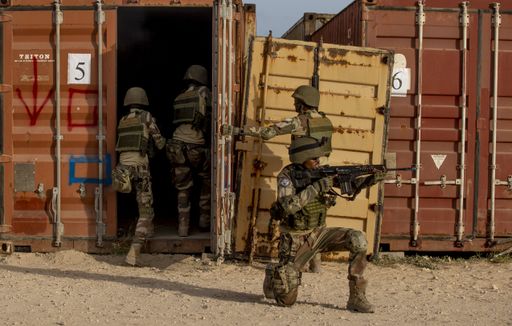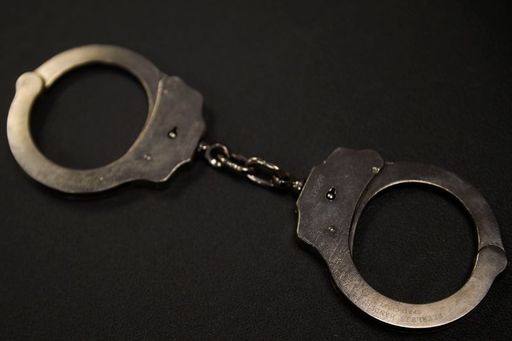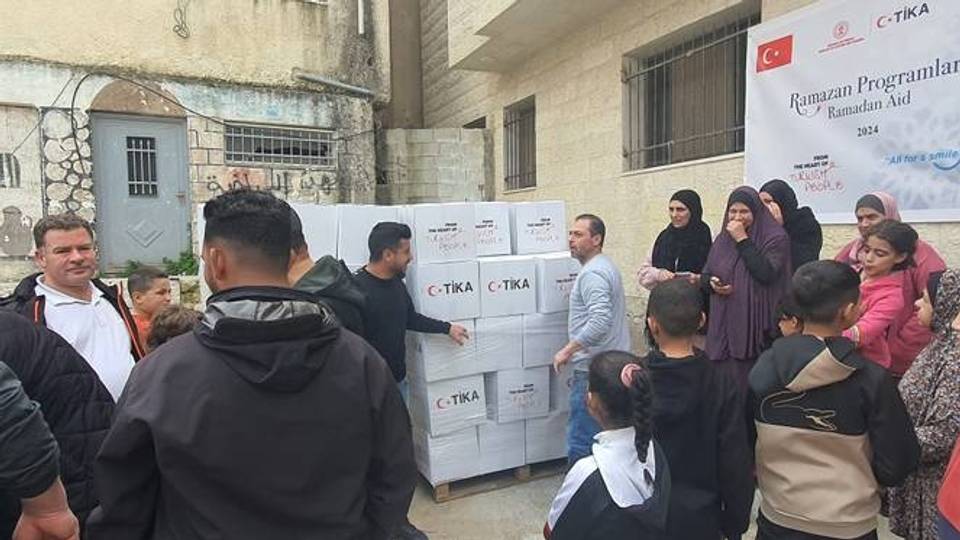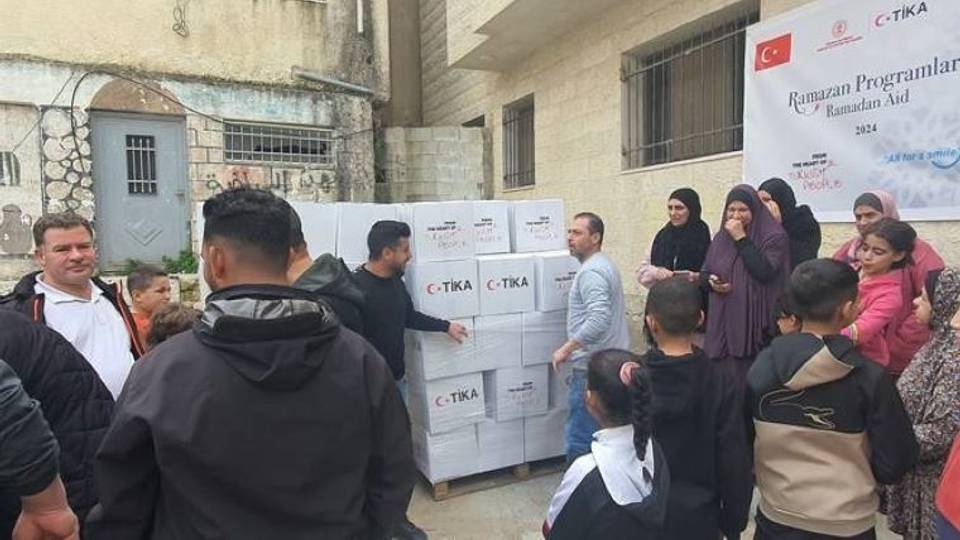Sport
Dollar
42,1237
0.07 %Euro
48,6047
0.43 %Gram Gold
5.428,6500
0.68 %Quarter Gold
9.124,3400
0.76 %Silver
65,9200
1.17 %Satellite images from Sudan have played a crucial role in uncovering the atrocities committed during paramilitary group RSF's takeover of the last army stronghold in the western Darfur region.

Satellite images from Sudan have played a crucial role in uncovering the atrocities committed during paramilitary group RSF's takeover of the last army stronghold in the western Darfur region.
In an interview with AFP, Nathaniel Raymond of Yale University's Humanitarian Research Lab (HRL) said the aerial images were the only way to monitor the crisis unfolding on the ground in the city of Al Fasher, the capital of North Darfur.
On October 26, the paramilitary Rapid Support Forces (RSF), which have been fighting with Sudan's army for more than two years, claimed control of the city they had besieged for nearly 18 months.
Close-up satellite images have emerged showing evidence of door-to-door killings, mass graves, red patches and bodies visible along an earthen berm – findings consistent with eyewitness accounts.
Tragic killing of at least 460 people: WHO
On October 28, HRL published footage from Al Fasher's maternity hospital showing "piles of white objects" that were not present before and measured between "1.1 to 1.9 metres" (3.6 to 6.2 feet) – roughly the size of human bodies lying down or with limbs bent.
It said there were "reddish earth discolourations" on the ground nearby that could have been blood.
The following day, the World Health Organization announced the "tragic killing of more than 460 patients and medical staff" at the hospital.
The images released by HRL, which had been tracking the situation in Al Fasher throughout the siege, became "a spark plug for public outrage", Raymond said.
Satellite technology
Since the start of the siege, HRL has been alerting the United Nations and the United States to developments on the ground, with its reports becoming a reference point for tracking territorial advances in the area.
Population movements, attacks, drone strikes and mass killings have been closely monitored in the city, where access remains blocked despite repeated calls to open humanitarian corridors.
Satellite imagery has become an indispensable tool for non-governmental organisations and journalists in regions where access is difficult or impossible – including Gaza, Ukraine and Sudan.
Several companies specialising in satellite imaging scan the globe daily, hindered only by weather conditions. Depending on the sensors onboard, satellites can clearly distinguish buildings, vehicles and even crowds.
'Killings at highest volume'
HRL then cross-references the images with other material including online footage, social media and local news reports, according to Yale's published methodology.
Raymond said that after Al Fasher's fall paramilitaries "started posting videos of themselves killing people at the highest volume they ever had", providing more material for analysis.
The team cross-checked these videos with the limited available information to identify, date and geolocate acts of violence using satellite imagery.
Raymond said the lab's mission is to raise the alarm about the atrocities and collect evidence to ensure the perpetrators of war crimes do not escape justice.
International outcry
The images from Al Fasher have triggered international outcry.
The prosecutor's office at the International Criminal Court (ICC) said on Monday that the atrocities there could amount to crimes against humanity and war crimes.
The public outrage was followed by a significant reduction in the amount of footage posted by paramilitaries on the ground, according to the HRL.
Of the videos still being shared, "very few, if any, have metadata in them", said Raymond, who noted that the researchers had to count the bodies themselves.
'Transition from killing phase to disposal'
He said they were not counting individual remains but tagging piles of bodies and measuring them as they get bigger.
He added, however, that the researchers' workload has not decreased with the reduction in videos. Instead, they are now focusing on the grim task of tracing "the perpetrator's transition from killing phase to disposal."
Comments
No comments Yet




















Comment